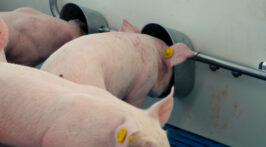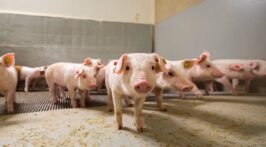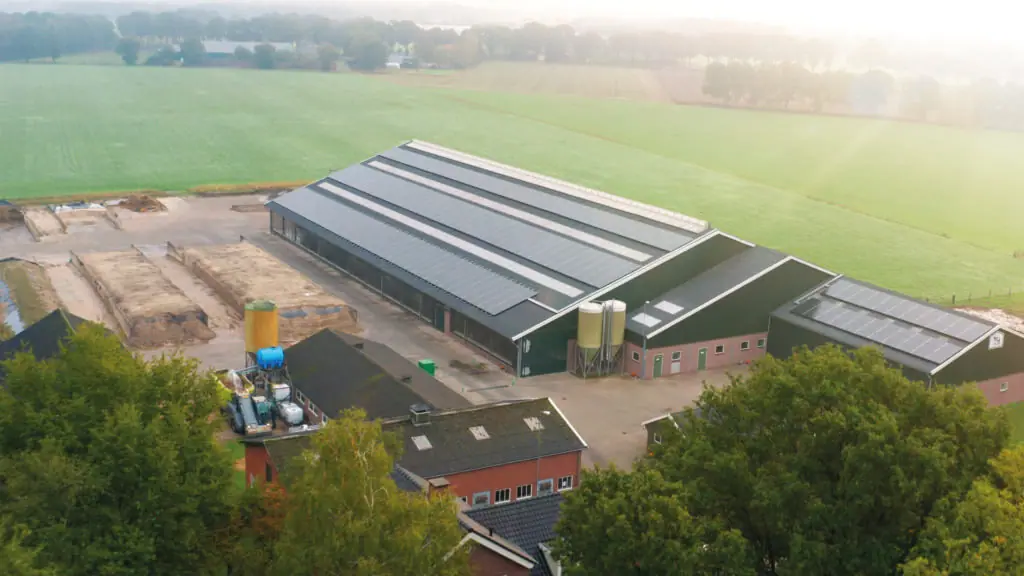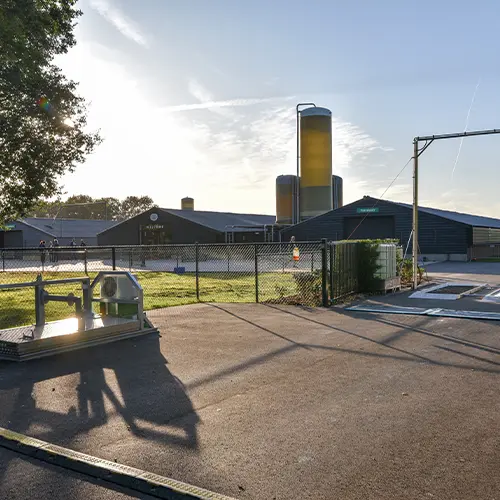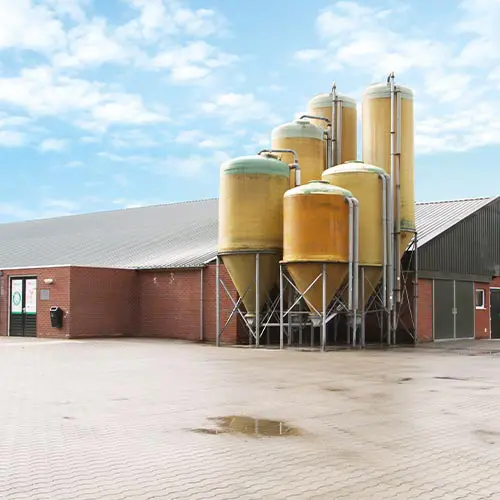The black rat is a rodent from Southeast Asia and comes in all colour variations. You can now find this exotic species all over the world. It is a small rat with a long tail and pointed ears. It is a clean, picky, and territorial animal and a threat to other rodents. Rooijakkers: “Sometimes I come to a company, and then the owner says: ‘The problem is gone; all my mice are dead’. When I see mice lying around with their heads bitten off, I unfortunately have to say that he has gotten a bigger problem instead: the black rat.”
The black rat is the most difficult pest to control due to its intelligence and strict peck order in the group; the weaker animals are sacrificed to be trapped. Rooijakkers: “When the barn is ‘full’, a group of females will be chased away, and the plague will spread. Also towards other companies.”
Why does the black rat consider the farm as a comfortable place?
We can regularly find the black rat on pig and poultry farms. By nature, the rat likes heights – not water – and lives in fruit-bearing trees such as chestnut and other nut trees. The black rat is also fond of berry bushes. Joan Rooijakkers: “The rat associates a stable with an attic, or a roof with beams, with a tree.” The rat eats the food for the production animals. Pigs eat twenty-four hours a day, so there is always food nearby.
Cavity walls and pipes provide the heat and nesting material the animal is looking for. The beast’s urge to reproduce is big; often, they come into the farm as a couple, searching for a shelter and a place for a nest. Rooijakkers: “Nest material such as food bags, ropes, and iron wire is often available. At night they take their time to make a nest and leave marks. The almost blind animal walks around the farm by smelling and hearing.”
What problems does the black rat cause?
In warm months the black rat gives birth every three weeks and nurses for four weeks. One pregnant couple produces about a thousand offspring per year. The animals eat cables, leave excrement and cause a lot of visible damage. The rat has its specific flea that transmits diseases. The food is also contaminated with bacteria from the urine and feces. Rooijakkers: “The damage caused by the black rat runs into millions. And: the damage will never go away.”
How do you control the black rat?
- First, remove the occurring black rats with biocides, then make a plan to keep the animals out
-
Make sure the stable is well-closed: close holes in ceilings, windows, and doors
-
Close doors
-
Clear and clean your property: the tighter, the better
-
Do not leave wheelbarrows with food
-
Cover animal feed silos
-
Make sure the area around an outdoor silo is clean
-
Use fragrance outside (the essence of lion manure: the natural enemy)
-
Place boxes with clamps
-
Place nest boxes for birds of prey (the owl or peregrine falcon: natural predators)
-
Plant herbs and ensure more biodiversity
-
But: do not plant nut trees, berry bushes, or cherry trees
-
Sprinkle half a meter of gravel or shells around the house
